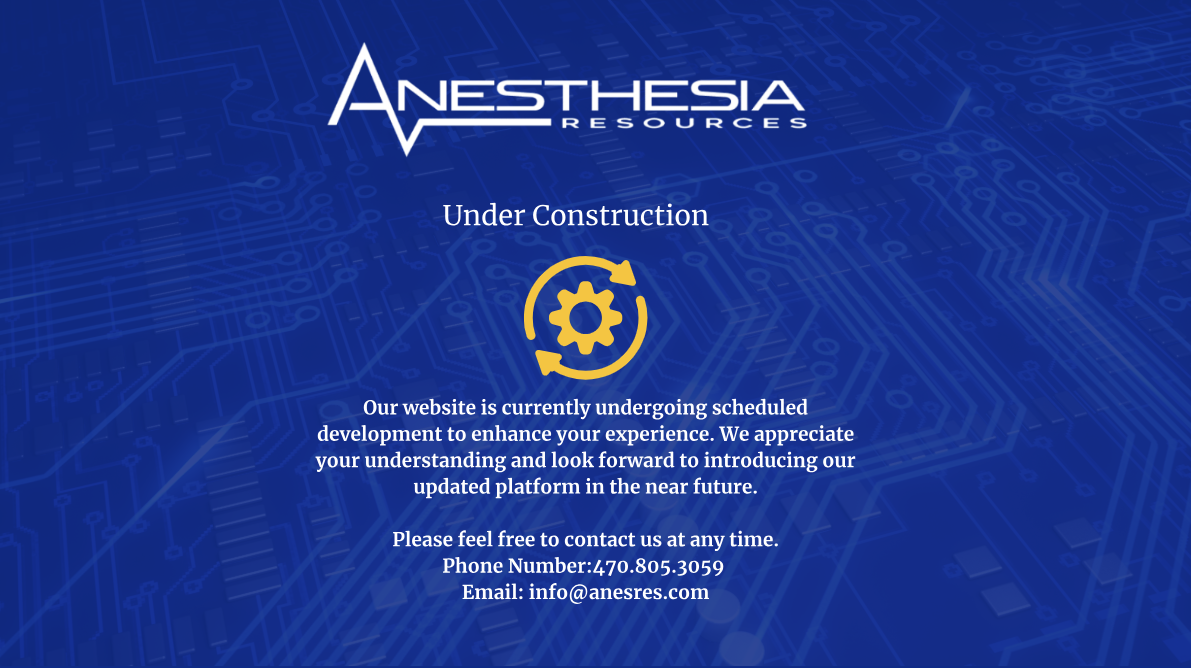Medically Directed Anesthesia Guidelines Changed
Keep a close eye on your anesthesiologists’ documentation if they are medically directing a CRNA or AA (anesthesiologist assistant). CMS has once again adjusted the rules for medical direction – this time to allow your anesthesiologists a little more leeway to move around the hospital while they are involved in anesthesia cases.
New changes to the Interpretive Guidelines for the Anesthesia Services Condition of Participation (CoP) were released in a May 21 transmittal from CMS that provide further clarifications in two areas of concern. The latest changes refine the changes made earlier this year (see APCPS, 3/10).
Immediately available. In its latest tweak to the definition of when an anesthesiologist is considered “immediately available,” CMS now defines the term as “physically located within the same area as the CRNA, e.g., in the same operative/procedural suite, or in the same labor and delivery unit, and not otherwise occupied in a way that prevents him/her from immediately conducting hands-on intervention, if needed.” Previous language restricted the anesthesiologist to the same procedural room rather than suite. This small wording change allows the anesthesiologist a bit more freedom of movement while medically directing multiple cases.
Post-anesthesia evaluations. Previous language in the CoP required the anesthesia provider’s documentation be completed before the patient is discharged from the hospital. CMS deleted the requirement that “for outpatients, the post-anesthesia evaluation must be completed prior to discharge.” The deletion means that, while the post-anesthesia evaluation still has to be performed within 48 hours of the completion of surgery, there is no requirement that the anesthesiologist complete the evaluation form before the patient is discharged.
Comments and assistance from ASA
The American Society of Anesthesiologists (ASA) notes that CMS should be issuing further clarifications to the Interpretive Guidelines in the future. The recent changes were minor clarifications and ASA states it is working with CMS to further clarify responsibilities and guidelines for anesthesiologists in a hospital setting. In response to the ongoing changes from CMS, the ASA has created documentation checklists to help practices ensure they are complying with the new clarifications, including:
A pre-anesthesia evaluation policy and note provides information detailing what must be included in the pre-anesthesia evaluation, such as:
- review of the medical history, including anesthesia, drug and allergy history;
- interview and examination of the patient;
- notation of anesthesia risk according to established standards of practice (e.g., ASA classification of risk);
- identification of potential anesthesia problems, particularly those that may suggest potential complications or contraindications to the planned procedure; and
- the timing of a qualified pre-anesthesia evaluation.
A post-anesthesia evaluation policy and note provides assessment of stability or satisfactory control of:
- respiratory function (respiratory rate, airway patency, oxygen saturation);
- cardiovascular function (pulse rate, blood pressure, hydration status);
- temperature;
- mental status – patient participates in the evaluation;
- pain; and
- nausea and vomiting.
An intra-operative anesthesia record policy includes a checklist of information that must be included on the anesthesia record, such as:
- name and hospital identification number of the patient;
- name(s) of practitioner who administered anesthesia, and as applicable, the name and profession of the supervising anesthesiologist or operating practitioner;
- name, dosage, route and time of administration of drugs and anesthesia agents;
- technique(s) used and patient position(s), including the insertion/use of any intravascular or airway devices;
- name and amounts of IV fluids, including blood or blood products if applicable;
- timed-based documentation of vital signs as well as oxygenation and ventilation parameters;
- any complications, adverse reactions or problems occurring during anesthesia (including time and description of symptoms, vital signs, treatments rendered); and
- patient’s response to treatment.


